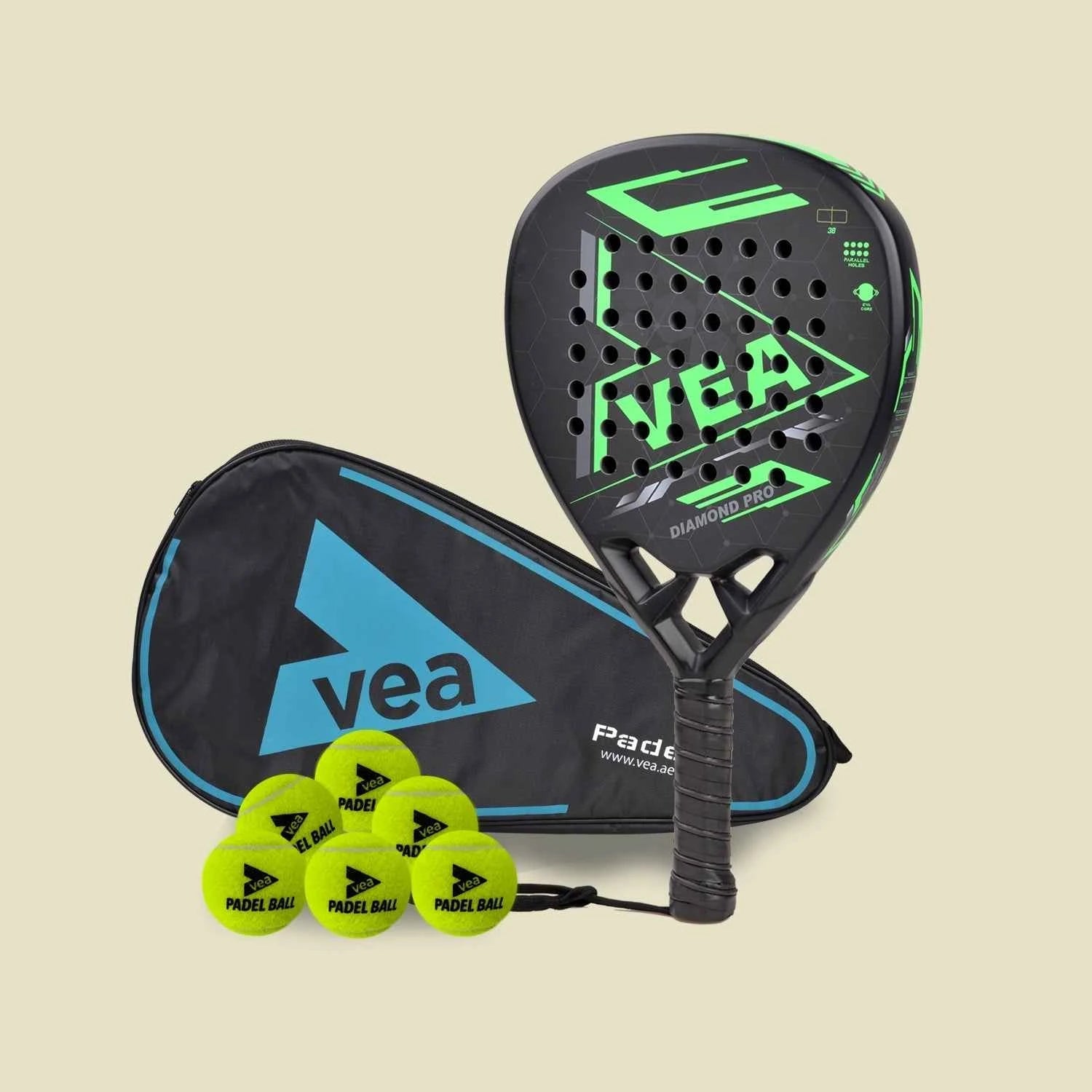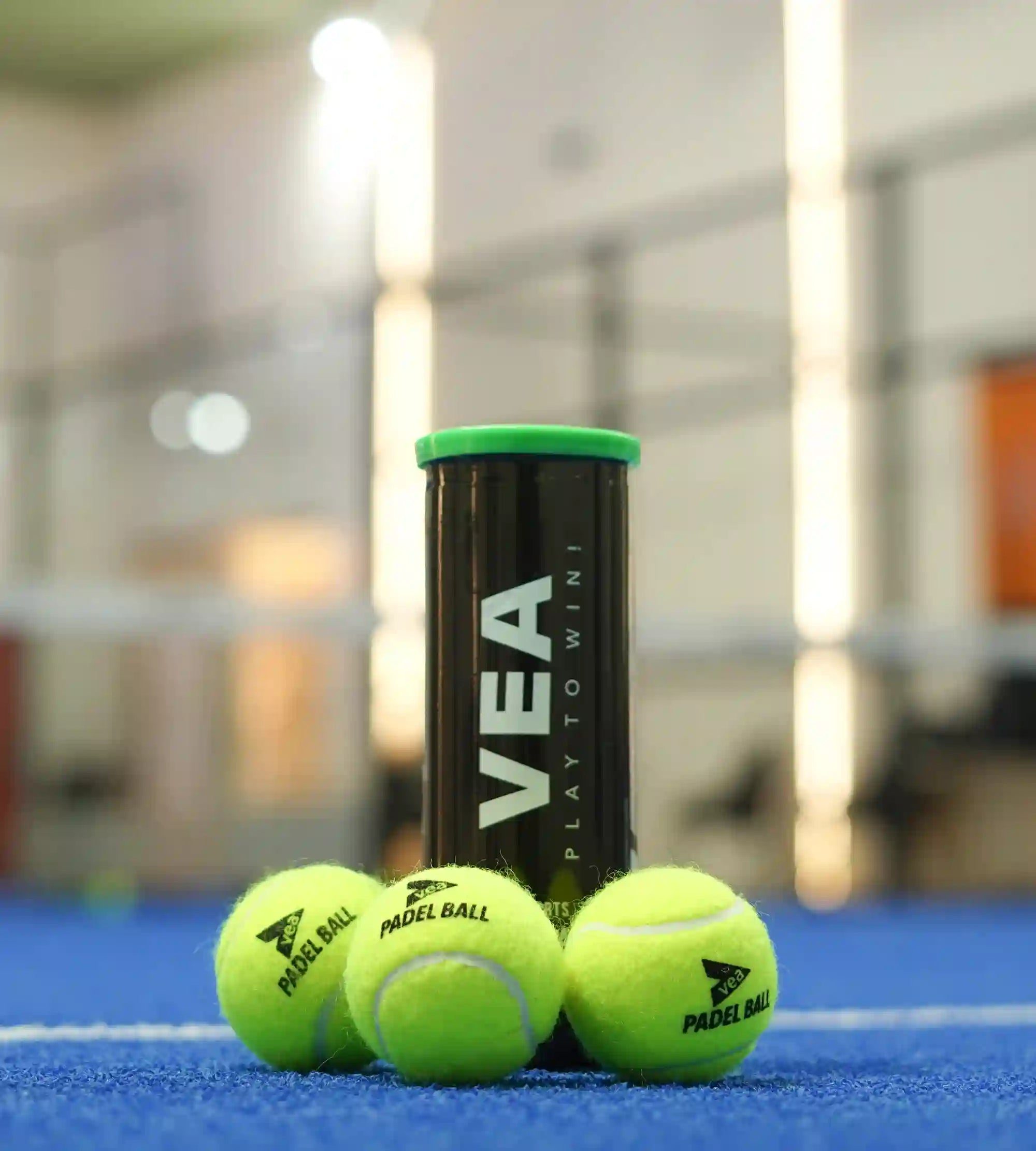Padel Footwork: 10 Cone Drills in 15 Minutes?

Level Up Your Game: The Ultimate 15-Minute Padel Footwork Routine (10 Cone Drills)
In padel, we obsess over the perfect bandeja, the killer vibora, and the deft chiquita. But the unsung hero behind every great shot is exceptional footwork. Being in the right place at the right time isn't luck; it's the result of agility, balance, and efficient movement.
Have you ever felt stuck in one place while a lob sails over your head? Did they arrive late to the glass, turning a simple defensive shot into a desperate scramble? The problem often isn't your swing—it's your feet.
This is where cone drills come in. They are the single most effective way to hardwire game-specific movements into your muscle memory. What is the best part? You don't need hours. This intense, 15-minute routine is all you need to transform your court coverage and become a more formidable player.
The 15-Minute Workout Structure
The key to this routine is intensity and efficiency. We'll use an interval format to mimic the stop-start nature of a real padel point.
-
Total Time: 15 Minutes
-
Warm-up: 2 minutes (light jogging, leg swings, high knees)
-
Drill Circuit: 10 minutes (10 drills)
-
Work/Rest per Drill: 45 seconds of intense work, followed by 15 seconds of rest and transition to the next drill.
-
Cool-down: 3 minutes (light stretching of glutes, hamstrings, quads, and calves)
Ready? Grab about 5-6 cones, a water bottle, and let's get to work.
The 10 Drills
1. T-Pattern Recovery
-
Focus: Mastering the recovery back to the central "home" position.
-
Setup: One cone at the baseline center; three more in a line on the service line (left, center, right).
-
How to Do It: Start at the baseline cone. Sprint to the center service line cone, shuffle right, shuffle all the way across to the left cone, shuffle back to the center, and backpedal to the start.
2. V-Shuffle to Net and Back
-
Focus: Explosive forward-diagonal movement for volleys and quick backward recovery.
-
Setup: One cone at baseline center; two cones in the middle of each service box, forming a "V".
-
How to Do It: Start at the baseline. Shuffle diagonally forward to the right cone (mimic a forehand volley), then shuffle diagonally back to the start. Immediately repeat on the left side.
3. Diagonal Crossover for Lobs
-
Focus: Footwork for retrieving deep lobs with power and control.
-
Setup: One cone at the left baseline corner and one at the right service box corner.
-
How to Do It: Start at the net cone. Use crossover steps to move diagonally backward to the baseline cone (as if tracking a lob). Mime a bandeja, then immediately sprint forward to recover to the net cone.
4. Wall-Rebound Drop Step
-
Focus: Creating space and time to play balls off the back glass.
-
Setup: Two cones placed 2-3 meters from the center of the back glass.
-
How to Do It: Stand between the cones. As an imaginary ball passes you towards the back glass, pivot and take a "drop step" backward to open your stance. Let the ball "rebound," then step in to hit it. Alternate sides.
5. Figure-8 Net Control
-
Focus: Agility and balance for dominating quick volley exchanges at the net.
-
Setup: Two cones about 1 meter from the net, aligned with the singles lines.
-
How to Do It: Facing the net, move in a continuous figure-8 pattern around the cones using small, quick shuffles. Keep your racket up and your center of gravity low.
6. Baseline Box Hops
-
Focus: Building explosive lateral power and leg endurance.
-
Setup: No cones needed. Use one service box as your guide.
-
How to Do It: Start at a back corner of the service box. Hop with both feet forward to the service line, sideways across, backward to the baseline, and sideways back to the start. Keep hops quick and powerful.
7. Split-Step Ladder
-
Focus: Making the reactive split-step an automatic habit.
-
Setup: An agility ladder (or imagine one on the court).
-
How to Do It: Move through the ladder with a simple pattern (e.g., two feet in each rung). At random intervals, perform an explosive split-step, landing wide and balanced on the balls of your feet.
8. U-Shape Defense to Offense
-
Focus: The crucial transition from a defensive corner to an offensive net position.
-
Setup: One cone in a back corner, one at the center of the service line.
-
How to Do It: Start at the back cone. Mime hitting a high defensive lob, then immediately sprint forward and curve in a "U" shape towards the center service line cone, arriving ready to volley.
9. Cross-Court Open and Go
-
Focus: The tactic of following an attacking shot to the net to finish the point.
-
Setup: One cone at the baseline center, one near the net on the opposite side.
-
How to Do It: Start at the baseline. Mime a powerful cross-court groundstroke to open the court, then immediately sprint diagonally forward to the net cone to put away the volley.
10. 3-Point Recovery Triangle
-
Focus: Improving reactive speed in multiple directions, simulating unpredictable game play.
-
Setup: Three cones in a triangle: one in a back corner, one at the center "T," and one wide in the opposite service box.
-
How to Do It: Start at one cone. Have a partner point randomly to another cone and sprint to it. The moment you arrive, they point to the next. React and move as fast as you can for the full 45 seconds.
Conclusion: Consistency is Key
Footwork isn't built in one session. Make this 15-minute routine a consistent part of your training—aim for 2-3 times a week. Very quickly, you'll stop thinking about your feet and start anticipating the ball. You'll move with purpose, feel more balanced on every shot, and cover the court like never before. Grab your cones and start building the foundation of a truly dominant padel game.





